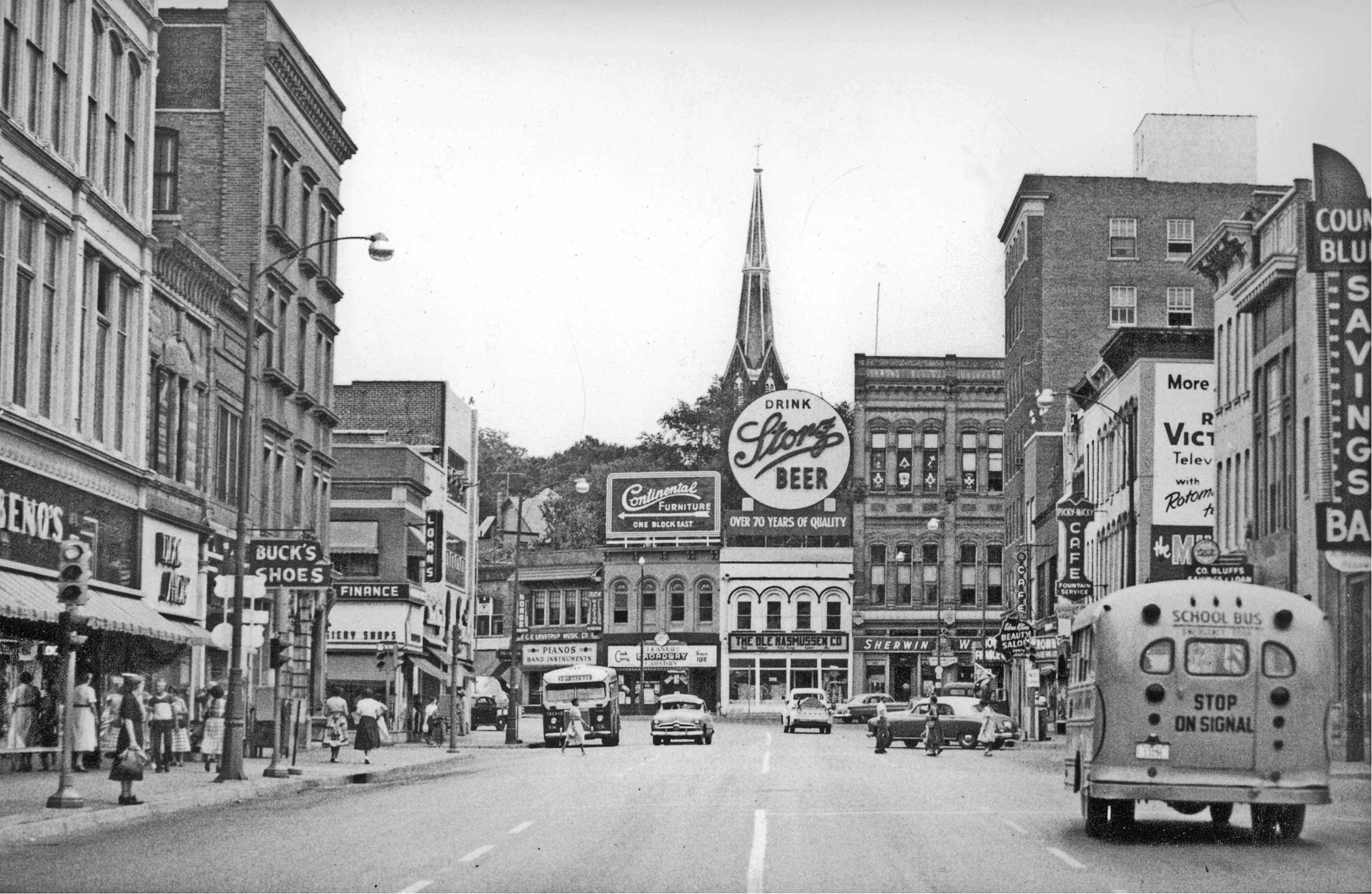
The Historical Society of Pottawattamie County
General Grenville M. Dodge is the likely the most well known Council Bluffs citizen of all time. His name is so commonplace there's a tendency to take him for granted. But his impact almost can't be overstated.
If it wasn't for Grenville Dodge, the Omaha/Council Bluffs would be different. A whole lot different. Some have speculated our combined population might be around 15,000 rather than approaching a million.
It was all about the railroads, and it was because of Dodge they came here to the extent they did. Some was intentional, some fortuitous, but it doesn't really matter: the railroads came. He also donated land to Fairmount Park, got us our Carnegie library, and even procured that horse watering trough that's now in the Haymarket area (though was on Broadway originally).
Dodge was important to Council Bluffs, but his influence extends far beyond that: if nothing else, Dodge was why the Union won the Battle of Pea Ridge in the Civil War.
Historical Society member and Dodge researcher Robert Svacina put together a video that is a short biography of this great American with insights as to his role in the Civil War. The second video talks mostly about Col. McCrory who fought at the Battle of Atlanta, but mentions General Dodge at 37:00 and 51:20.
By the late 1860′s Grenville M. Dodge was not only a nationally known and respected military general, railroad builder, and politician, he was one of the wealthiest citizens of Iowa. Council Bluffs was home, and he set forth to create a house that he could be comfortable in and enjoy the rest of his his life.
Dodge commissioned Chicago architect William Boyington to design his mansion, which was to be perched on a hill where he could view his growing and prospering city. Boyington had just completed Terrace Hill in Des Moines for Iowa’s first millionaire, Benjamin Franklin Allen.
The house at 605 Bond Street (now 3rd Street) combined elements of grace and vigor, with space for Mrs. Dodge to enjoy her interests of roses, poetry, and classical music and as well as space to entertain political and military dignitaries. The house incorporated many lovely woods including butternut and walnut as well as the rare amenities of central heating and hot and cold running water. The final cost was $30,000, a very impressive amount in 1869.
Following Dodge’s death in 1916 the home remained occupied by a member of the family until 1943. The house was offered to various groups in 1949 but there were no takers, so the contents were auctioned off and the house sold to Frances Taylor for $15,000. During that time the large archway between parlors was filled in and one of the bedrooms cut in half by a wall for its new life as a boarding house for teachers.
In 1963 a move was spearheaded by the Historical Society of Pottawattamie County to acquire the home. It was purchased for $30,000 in 1964. Though restoration was not complete, tours were offered beginning in 1965. The adjacent Beresheim House was added to the museum complex in 1975.
The only National Historic Landmark in Council Bluffs, the museum is open for tours Tuesday through Sunday. It is closed in January and major holidays.
Visit the General’s beautifully restored home in Council Bluffs and learn more about him and his family.
NEW! Now From the Archives Straight to Your Inbox.
Sign up to receive our bi-weekly Then and Now and Lingering Landmarks features via email. There is no charge.


NEW! Now From the Archives Straight to Your Inbox.
Sign up to receive our bi-weekly Then and Now and Lingering Landmarks features via email. There is no charge.
Historical Society of Pottawattamie County
Council Bluffs, Iowa